Today we are sharing five ways to strengthen your Great Dane’s feet! Weak feet that knuckle, bobble, flop, and turn out are a common problem with fast-growing giant breed dogs.
The feet are the foundation for the whole body, and these dogs have HUGE bodies. So yes, this matters.
When their feet are weak or flat, it’s not only an aesthetic problem; it’s a functional one.
The development of the feet is especially important in growing puppies (read our article on puppy knuckling here). However, in adolescent and adult dogs, poor structure and weak joints could lead to pain, early arthritis, and permanent joint damage.
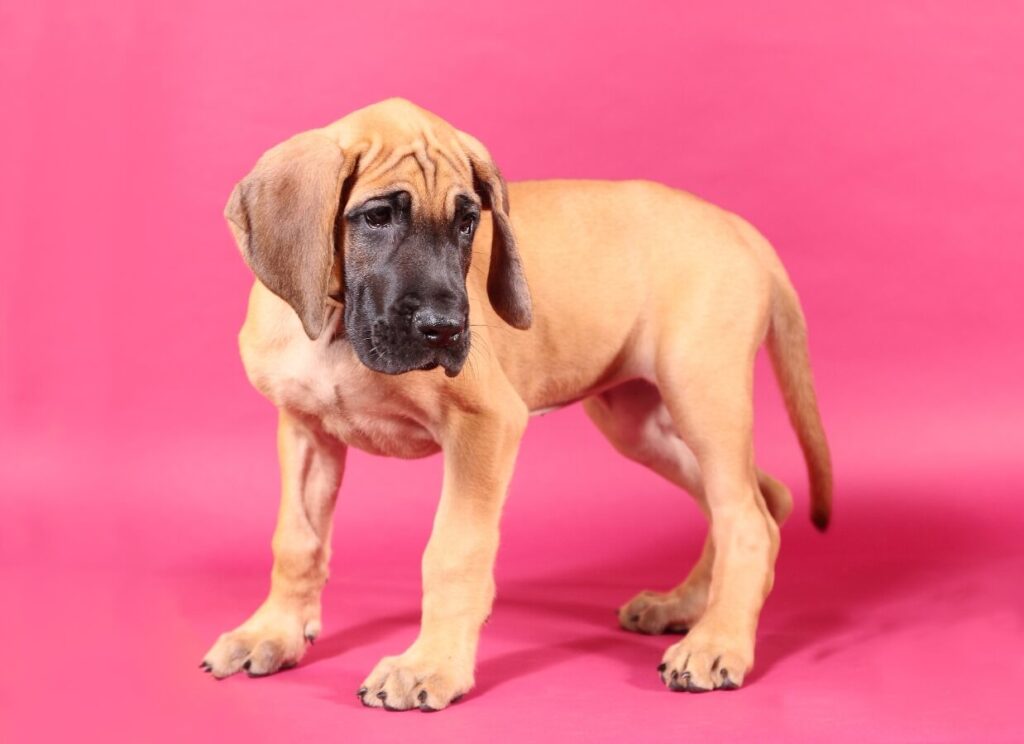
How Genetics Affect Foot Structure in Dogs
Genetics play some role in the overall structure, shape, and direction of the feet on your Great Dane.
The written standard for Danes states that the feet should be straight and parallel when viewed from the front. The feet should be ‘well knuckled’ and the pastern should have an 8 degree bend.
Deviations from this, including ‘East-West’ feet, splayed toes, bone deformities and otherwise are considered faults. These faults are often genetic and can be made worse by environmental factors such as nutrition.
The written standard is based on building an appropriate structure for such giant dogs, which must be built correctly for longevity, movement, and overall comfort.
Angular Limb Deformities (caused by damage to the growth plate) are another form of incorrect feet and joints that typically requires surgical intervention.
If you are concerned, always ask your veterinarian first!
From the written standard, this illustration outlines common feet in Great Danes. Hare foot, flat/down in pasterns and splayed feet are unacceptable.
“The strong pasterns should slope slightly. The feet should be round and compact with well-arched toes, neither toeing in, toeing out, nor rolling to the inside or outside. The nails should be short.”
Read the written standard here.

1: Trim Your Puppies Nails
We cannot stress this enough. Overgrown nails are extremely common and a major reason so many Great Danes have splayed toes, weak knuckles, and flat pasterns.
Nails that are allowed to grow too long (touch the ground, click on the floor) alter the shape of the foot and how your dog walks.
With time, it leads to pain, arthritis, and irreversible joint damage.
Start trimming nails the first week you bring your puppy or dog home, and make it a weekly or bi-weekly habit! If your dog is resistant, work with a trainer and learn how to condition your dog.
We recommend Millers Forge Trimmers with the Red Handle for taking slivers and length off and a battery-powered Dremel tool with a fine grit sander OR a diamond bit.
Miller’s Forge Dog Nail Trimmers
These cut through thick nails extremely well. Take small slivers off at a time and avoid cutting through the quick.
Battery-Powered Dremel for Dog Nails
Start training your puppy to accept a Dremel as early as possible. This is the BEST tool for full-grown large and giant breed dogs with thick nails.
The Millers Forge cut through nails like butter, eliminating much of the pressure into the nail that many dogs find uncomfortable. They also stay sharp FOREVER! The Dremel is fantastic for rounding the nail off and helping the quick to shorten (which will be important if you need to shorten the nails a lot).
Need to learn how? The Facebook group ‘Nail Maintenance for Dogs’ is a fantastic resource. Getting nails trimmed back to an appropriate length may take time and dedication. Be patient.
Think your dog’s nails are ok? Here is an example of overgrown nails:

2 – Play on Soft, Varied Terrain
Great Danes and especially puppies benefit greatly from lots of free-play and exploration on soft, varied terrain. This movement strengthens the tiny muscles and tendons in the feet.
Structured walks on hard surfaces are hard on the joints and should be limited, especially if the nails are overgrown.
Slick surfaces in the home (tile, hardwood, laminate) are also hard on the joints. Use runners and yoga mats.
Purposefully seek out hills, grass, dirt piles, sand, soft pea gravel, and even the trampoline! Use a long leash so that your dog can move and explore safely and supervised without restriction.
We believe in modern E-Collar Training for Great Danes because it provides them with freedom of movement and no pressure on their face, neck, or chest.
We highly recommend that puppies be exposed to various surfaces and textures and encouraged and challenged to explore and use their bodies safely. Ramps, tunnels, and even splashing in a pool are all great for building confidence AND making those feet extra strong!
AVOID INJURY! It’s important that your puppy or adult dog not make a habit of jumping off things (beds, furniture, etc.). Damage to the growth plates is serious and may be expensive and painful to address properly.
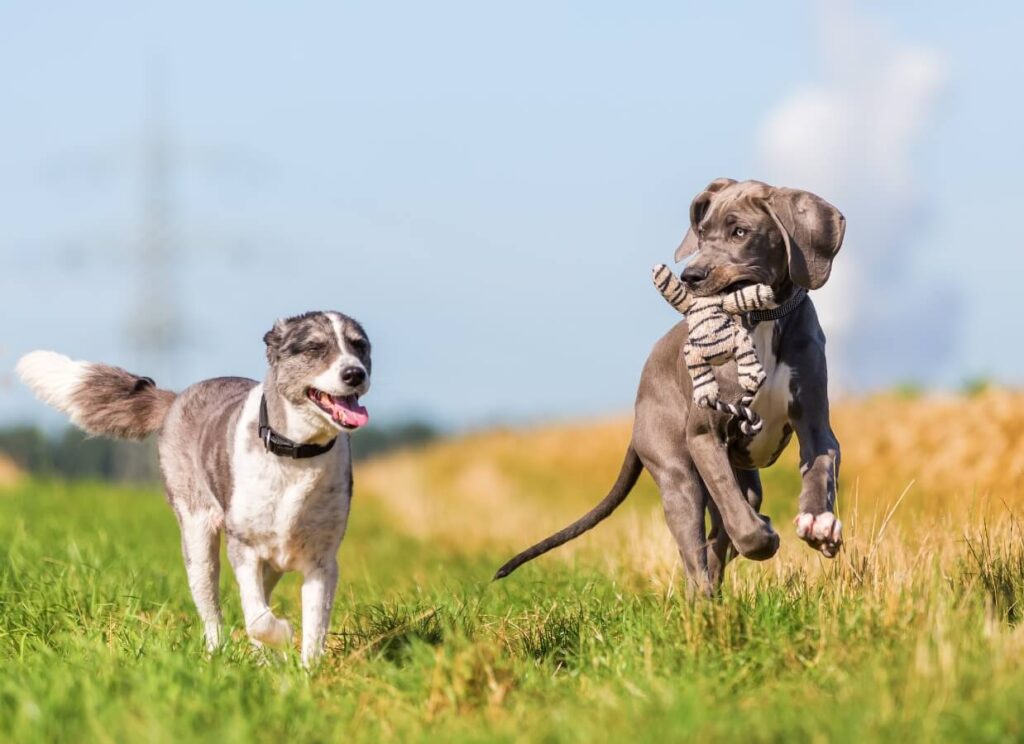
3- Canine Fitness to Strengthen Puppy Feet
Dogs are no different than humans! They require movement and exercise to stay strong.
Find a dog trainer who offers a Canine Fitness or ‘Fit Paws’ class, and learn how to use balls, peanuts, and teeter boards to help your dog develop balance and strength.
My favorite foot-strengthening exercise involves a simple wobble disk (find it on Amazon here) and some treats.
Balance Disk for Dog Fitness
This is an inexpensive knockoff of the popular Fit Paws balance disk. Choose the Fit Paws version if you have the budget; it will be more stable and last longer. Otherwise, this is a great alternative for home use!
Put this flat on a surface and ensure that it won’t slide. Lure your dog to put both front feet onto it.
The disk will wobble, and your dog will balance.
If you do this right, your dog will quickly learn that standing with two front feet on the wobble disk is SUPER fun! Gently lure your dog to the treat so that he stands up tall on the knuckles of the feet.
Don’t spend too much time on this, and don’t ask. your dog to stretch super far. You don’t want your dog sore or injured. It is helpful to work with a Physical Therapist or qualified fitness trainer.

4- Other Balance Games
Balancing requires humans (and dogs) to activate our tiny muscles tendons and ligaments.
To help your dog strengthen these muscles, encourage activities that require balance!
Be safe, and chat with a veterinarian and Canine Physical Therapist for help.
Here are some ideas to get you started:
- Standing on beds and couches
- Walking on a trampoline
- Using balance pods
- Walking across a ‘plank’ of wood on the grass
- Sit-Stand-Down-Stand ‘pushups’
For puppies especially, we love the ‘puppy playground’. Use tunnels, ramps, gym mats, couch cushions and more to encourage exploration, body awareness and confidence building.
Remember, supervise and keep your dog safe! NEVER force a dog into an activity or pick them up and place them on an unstable surface. Encourage your dog to use their choices and body to do these activities, and reward them with praise and treats.

5 – Nutrition + Foot Structure
Nutrition plays a key role in developing sound orthopedic health in puppies, especially large and giant breed ones that grow quickly.
Many believe big puppies should be fed a nutrient-dense “holistic” adult or puppy diet with lots of protein and calcium. This is the worst thing a puppy owner can do!
Puppies that receive too much nutrition will grow too fast and can develop major problems with their bones, ligaments, and tendons, affecting them in adulthood.
DO NOT:
- Feed nutrient-dense “holistic” diets.
- Give adult food to a large or giant breed puppy.
- Choose regular “puppy food” that contains extra nutrients.
- Offer a diet with more than 1.5% calcium (ideally, 1.2% or less).
- Add vitamin or mineral supplements.
- Top the food with too many goodies, which unbalance the diet.
DO:
- Feed a well-formulated large or giant breed PUPPY or all-life stages formula with 1.2% or less calcium.
- Verify that the food meets AAFCO guidelines for large-breed growth
- Monitor intake and don’t overfeed.
- Tread cautiously with outdated information encouraging you to feed adult or nutrient-dense “holistic” foods.
- Ask your veterinarian for advice.
Contrary to popular old beliefs, adult food is NOT the correct choice for growing giant breed puppies!
We only recommend research-backed large and giant breed foods from Royal Canin, Purina, Hill’s Science Diet, and Eukanuba. They have been heavily tested, researched, and formulated correctly for the growth of large and giant breed dogs, then subjected to further peer-reviewed science as we learn more.
A dog struggling with food may have excess gas, loose stools, a dull coat, poor muscle tone, inappropriate weight (over or under), and/or low energy.
Inappropriate nutrition for growing Great Danes can lead to knuckling, hip dysplasia, heart disease, and more.
Chat with a Giant Breed experienced veterinarian to find a diet appropriate for your Great Dane. Here is our list of recommended foods:
Foods for Great Dane Puppies:
- Purina Pro Plan Large Breed Puppy – any flavor!
- Purina Pro Plan Sensitive Skin & Stomach Large Breed puppy – TOP PICK, salmon-based
- Eukanuba Large Breed Puppy (Great for active and sporting dogs)
- Purina One Large Breed Puppy (Excellent budget option)
- Hill’s Science Diet Puppy Large Breed
- Royal Canin Giant Puppy Dry Dog food (to age 12 months) – TOP PICK, PREMIUM OPTION
- Royal Canin Giant Junior Dry Dog food (8-24 months)
- Purina Large Breed Puppy Chow
Check out THE GIANT DOG FOOD PROJECT to compare brands and values.
Foods for Great Dane Adult Dogs
- Purina Pro Plan Sensitive Skin and Stomach Large Breed (Salmon based, chicken free)
- Purina Pro Plan Large Breed Shredded Chicken & Rice (Large Pieces & Chicken Shreds!)
- Purina Pro Plan Large Breed Weight Management (Get the weight off)
- Purina Pro Plan Large Breed Bright Mind Age 7+ (for Senior Great Danes)
- Purina Pro Plan Giant Breed (Hard to find, might be discontinued)
- Royal Canin Giant Breed (Amazing for dogs with chronic loose stools, TOP TIER)
- Eukanuba Large Breed (Great for active and sport dogs)
- Purina One Smart Blend Large Breed (Fantastic budget-friendly option)
- Hill’s Science Diet Large Breed Beef & Rice
- Purina Pro Plan 30/20 Sport Beef & Bison
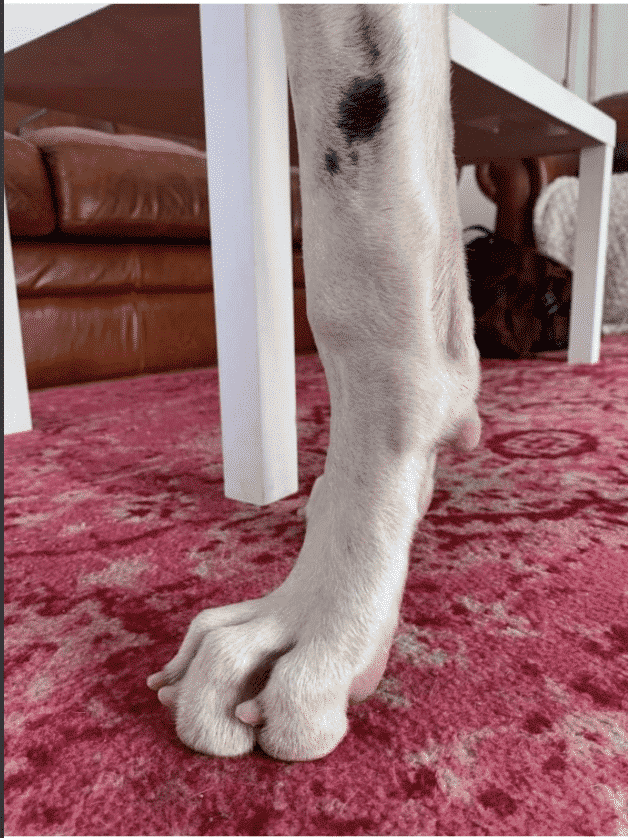
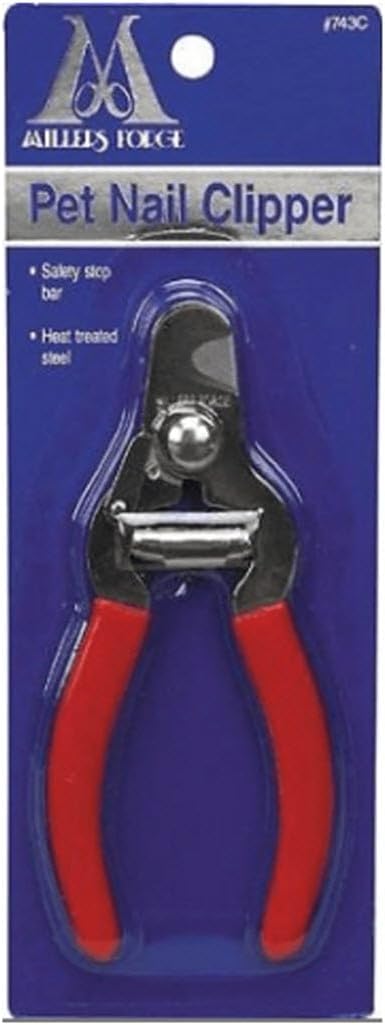
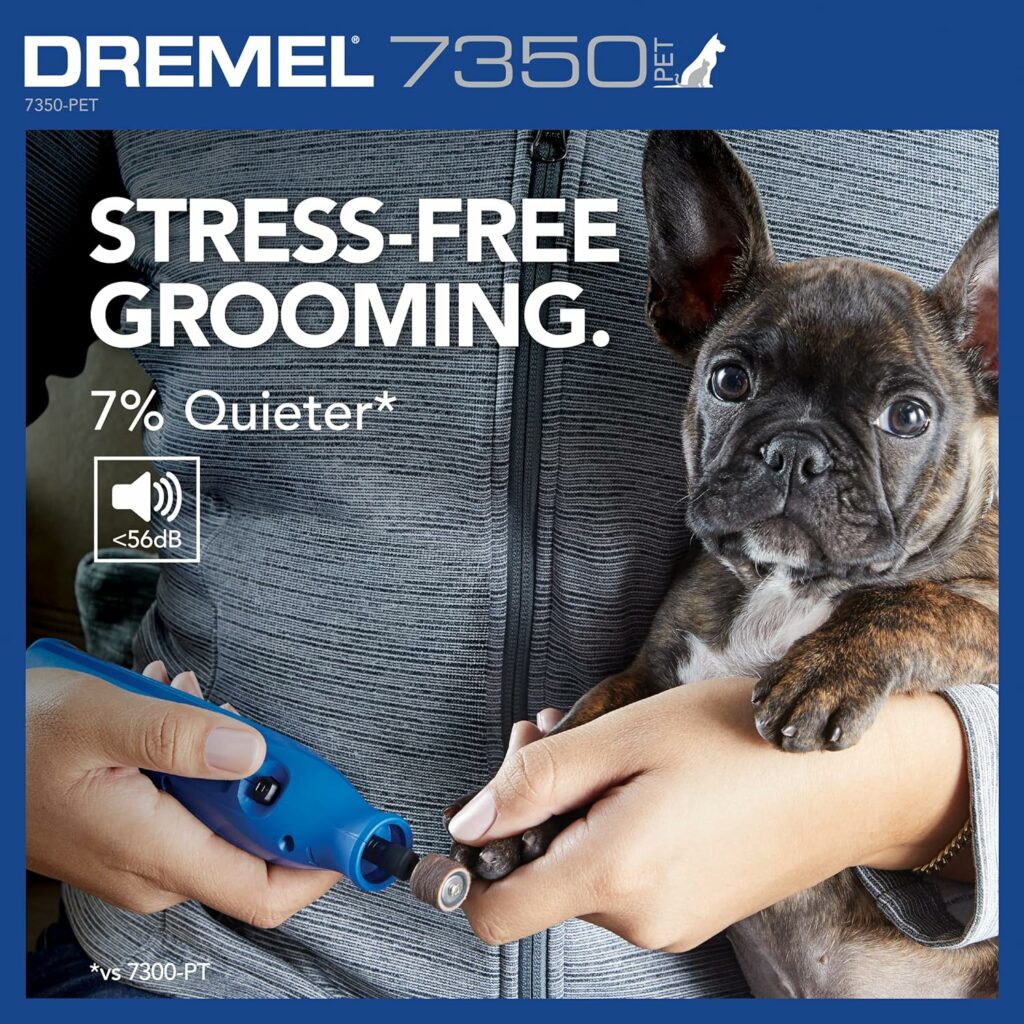
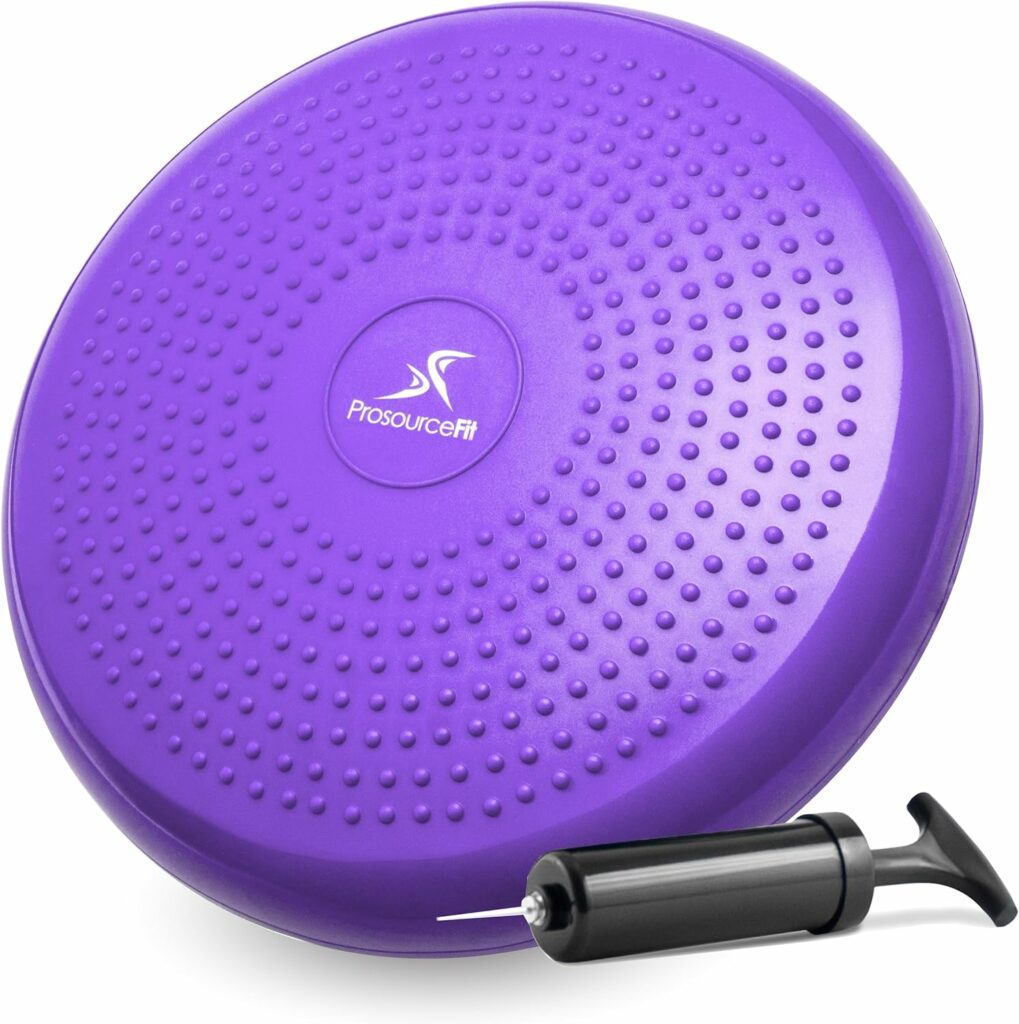
Leave a Reply